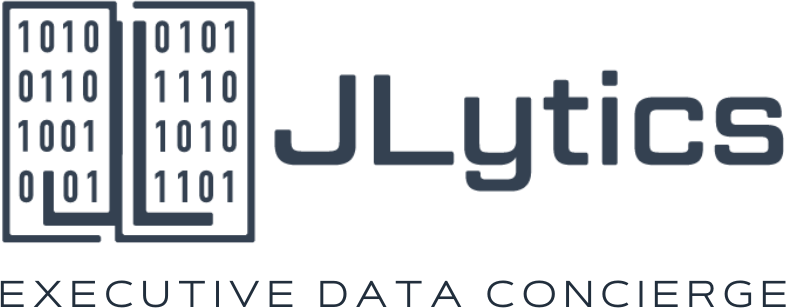Business Intelligence (BI) dashboards have long been essential tools for organizations seeking to understand their data and make informed decisions. However, the integration of Artificial Intelligence (AI) has fundamentally transformed these platforms from static reporting tools into dynamic, predictive, and prescriptive analytics powerhouses. Today’s AI-enhanced BI dashboards not only present data but actively help users interpret it, discover hidden patterns, and take appropriate action.
Automating Data Preparation and Analysis
One of the most significant contributions of AI to modern BI dashboards is automating traditionally labor-intensive processes. Data preparation—cleaning, normalizing, and transforming raw data—has historically consumed up to 80% of analysts’ time. AI algorithms now handle these tasks automatically, identifying anomalies, standardizing formats, and suggesting corrections for data quality issues.
Natural Language Processing (NLP) capabilities allow users to interact with dashboards conversationally, asking questions like “Show me sales trends for Q4 compared to last year” without writing complex queries. Machine learning algorithms continuously improve these interactions, learning from user behaviors to deliver more relevant insights over time.
Furthermore, automated analysis features can detect correlations and patterns that might escape human observation. For example, AI can identify that website traffic spikes correlate with specific marketing campaigns across multiple channels, even when those relationships weren’t explicitly being monitored.
Delivering Predictive and Prescriptive Insights
Traditional BI dashboards excelled at showing what happened in the past. AI-enhanced dashboards go further by predicting future outcomes and recommending specific actions.
Predictive analytics leverage machine learning models to forecast trends, potential issues, and opportunities. A retail dashboard might predict inventory shortages before they occur, while a financial dashboard could forecast cash flow challenges weeks in advance. These predictions become increasingly accurate as AI systems learn from new data and outcomes.
Prescriptive analytics take this a step further by recommending specific courses of action. When a manufacturing dashboard detects quality control issues, it doesn’t just alert operators but suggests adjustments to specific machine parameters based on historical performance data. Marketing dashboards don’t just show campaign performance but recommend budget reallocation across channels to maximize ROI.
Democratizing Data Access Through Intelligent Assistance
Perhaps the most transformative impact of AI on BI dashboards is how it democratizes data access across organizations. Traditional dashboards required significant expertise to configure and interpret effectively. AI changes this dynamic through:
- Automated insight generation that highlights significant changes and anomalies without users having to search for them
- Natural language explanations that interpret complex visualizations and statistics in plain language
- Personalized views that automatically adjust to show metrics relevant to each user’s role and responsibilities
- Guided analytics that walk non-technical users through analytical processes with step-by-step assistance
These capabilities extend the reach of data-driven decision making beyond analysts and executives to frontline employees who previously lacked access to actionable insights.
Challenges and Future Directions
Despite these advancements, organizations implementing AI-enhanced BI dashboards face significant challenges. Data privacy concerns, algorithmic bias, and the need for explainable AI all require careful consideration. Users must understand not just what the AI recommends but why it makes those recommendations.
Looking ahead, the integration of AI and BI dashboards will likely deepen. Emerging trends include:
- Augmented analytics that blend human and machine intelligence for optimal decision making
- Embedded AI capabilities that integrate predictive models directly into operational systems
- Collaborative intelligence platforms where insights are enhanced through cross-team and cross-organization data sharing
- Adaptive dashboards that evolve their visualizations and metrics based on changing business conditions
As these technologies mature, the line between business intelligence tools and operational systems will continue to blur, creating a continuous feedback loop of insight and action that fundamentally changes how organizations leverage their data assets.
***



